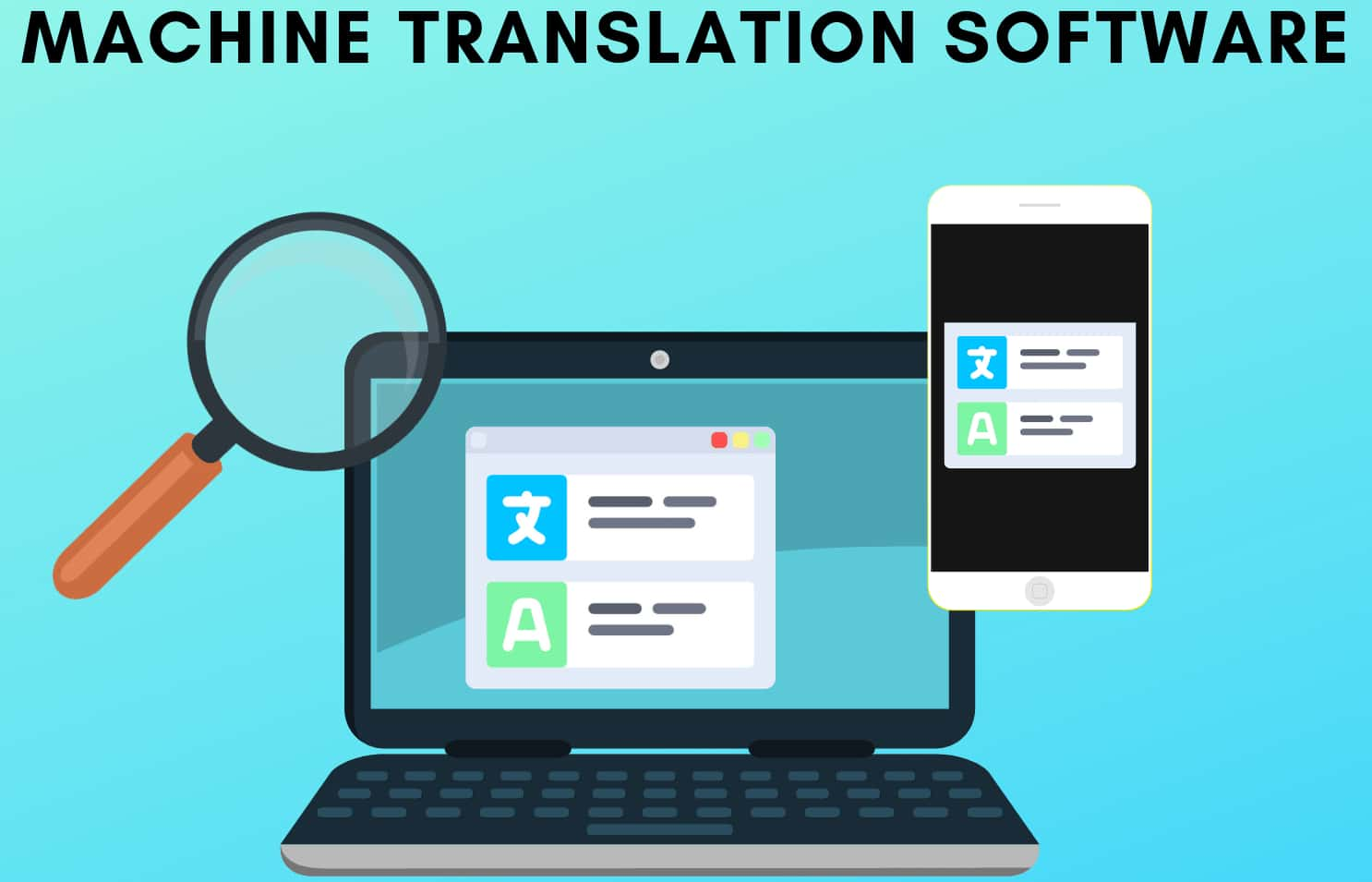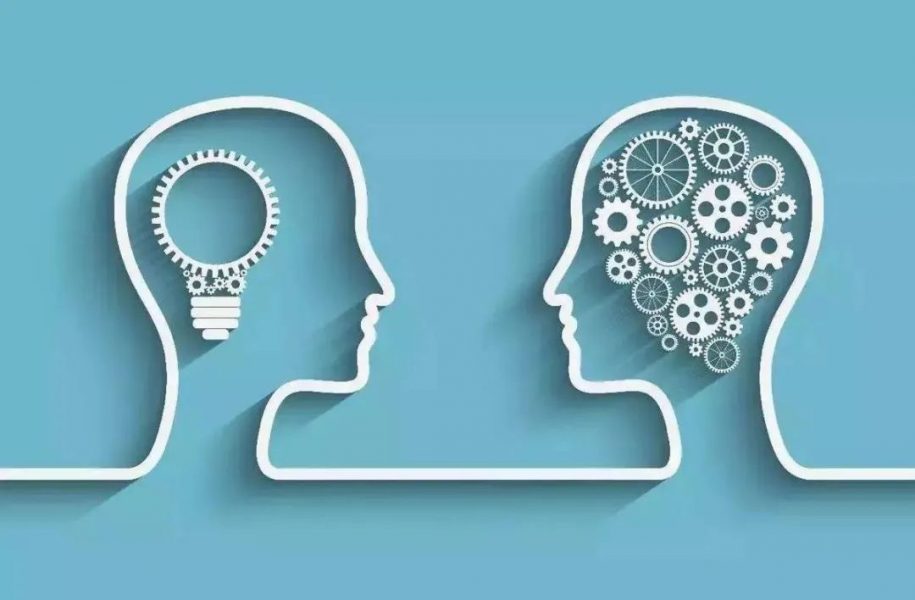In the current era of globalization, the language service industry is undergoing profound changes. Language, as a bridge for communication, is of self-evident importance. But have you ever wondered where this ancient industry will head under the impact of technology?
Precisely because this is an era of accelerating globalization, we can see an increasing number of language translation companies springing up like mushrooms. This reflects the growing demand for cross-language communication in various fields. Then, in such a highly competitive environment, what role does Glodom Technology Co., Ltd., a language technology solutions provider, play in this transformation?

I. The Development Process of the Language Service Industry
1.The Origin of Carbon-Based Language Professionals
Translation and interpretation are among the oldest professions. In ancient times, linguists mainly relied on their bilingual brains for translation, with only a quill and papyrus or perhaps a stool for the interpreter to sit between people speaking different languages as their tools. Over time, resources such as bidirectional dictionaries and domain-specific glossaries began to assist their work. However, interpreters had less time to consult these aids due to the need for real-time translation.

Later, with the emergence of typewriters, erasable paper, and correction fluid, the production of translated documents became easier. Meanwhile, interpreters also benefited from improved communication systems and could conduct more remote interpretation. So, are these traditional tools and methods still applicable in modern times?
2.The Impact of Silicon and Gallium on the Language Service Industry
The wide application of computer technology combined with digitized content has increased the productivity of translators and interpreters, reduced errors, optimized the workflow, and improved the quality.
The emergence of translation memories, terminology databases, and other computer-assisted translation tools has alleviated the cognitive burden of translators. At the same time, interpreters have also promoted the development of their own computer-aided interpretation tools, such as glossary management, real-time terminology assistance, and post-event linguistic asset management.

In 1945, the mission-critical simultaneous interpreting system was introduced at the Nuremberg trials, which ultimately led to the widespread use of simultaneous interpretation and later remote interpretation. Machine translation also began with the Georgetown - IBM experiment in 1954 and has evolved from rule-based machine translation to data-driven statistical machine translation and neural machine translation. So, will these new technologies completely replace human translation?
Key Technologies and Tools in the Language Service Industry
Computer-Aided Translation (CAT) Tools: These include translation memories, terminology databases, etc. The translation memory can store translated content, and when encountering the same or similar sentences, it can automatically provide reference translations, greatly improving translation efficiency. The terminology database can ensure the consistency and accuracy of professional terms.
Machine Translation (MT): The development of machine translation technology has gone through several stages. Rule-based machine translation mainly relied on artificially formulated grammar rules for translation, but the effect was limited. Data-driven statistical machine translation improved the translation quality by analyzing a large number of bilingual corpora and learning the statistical laws of languages. Neural machine translation further enhanced the accuracy and fluency of translation using deep learning technology.
Translation Management System (TMS): The translation management system can comprehensively manage translation projects, including project assignment, progress tracking, and quality control. It can be integrated with CAT tools and other software to improve work efficiency and management level.
AI-Driven Workflow Automation: Using artificial intelligence technology to automate the workflow, such as automatically assigning tasks and checking quality, can significantly reduce manual intervention and improve work efficiency.
Glodom actively embraces technology and seizes the opportunities brought by changes. Its self-developed machine translation platform, which is launched by adopting advanced artificial intelligence technology, supports the translation of texts, documents, pictures and web pages in more than 80 languages and over 10 fields. It has greatly enriched the application scenarios for enterprises and improved work efficiency.
II. The Digital Age and the Post-Localization Era
Last year, CSA Research announced the arrival of the "post-localization era." This is not because localization has ended, but because a series of technologies and evolving practices have changed the nature of the discussion. The large amount of digitized content and powerful computing platforms offer new ways to process textual content, and translation is just one of the many transformations.
The origin of digitization can be traced back to the 18th century. Gottfried Wilhelm Leibniz laid the foundation for representing numbers with zeros and ones in his 1703 "Explication de l'Arithmétique Binaire." Later, the works of Samuel Johnson and George Boole further promoted the development of digitization.
In the late 1970s, with the adoption of large-scale digital computing, digitization became the main technological driver. Today, content digitization has become the norm, and the concept of digitization has also promoted efficiency and innovation in commercial, engineering, scientific, and government fields.

Characteristics and Challenges in the Post-Localization Era
The Explosive Growth of Multilingual Content: With the acceleration of globalization, enterprises and organizations need to handle an increasing amount of multilingual content, including not only traditional document translation but also website localization, software localization, multimedia content translation, etc.
The Demand for Personalization and Customization: Consumers' demand for personalized and customized content is constantly increasing, and the language service industry needs to provide personalized translation services according to different user groups and scenarios.
Rapid Technological Changes: The continuous development of technologies such as artificial intelligence, machine learning, and big data has brought new opportunities and challenges to the language service industry. Language service providers need to continuously learn and apply new technologies to improve service quality and efficiency.
Requirements for Quality and Accuracy: Although machine translation technology has made continuous progress, in important fields such as law, medicine, and finance, the requirements for translation quality and accuracy are still very high, and human translation is still indispensable in these fields.
III. Significance for the Language Service Industry
Digitalization and digital transformation have led to a fundamental readjustment of the language service industry. In the post-localization era, the language service industry is built on the basis of digital transformation and can perform many language-related and supporting functions with increasing automation. For language industry practitioners, their role will shift from being mere word processors and caretakers to ensuring that any form of communication in any language meets the needs of the information recipients at the other end of the communication link. So, how should language industry practitioners adapt to this role shift?
IV. Opportunities and Challenges for Glodom
Glodom Technology Co., Ltd., as an innovative language technology solutions provider, faces both opportunities and challenges in this transformation. The company has more than 300 full-time employees and over 5,000 native-speaking translator experts, can support more than 150 languages, and has a service network in over 40 countries. This enables Glodom to provide customers with one-stop multilingual solutions including multilingual translation, interpretation services, typesetting design, localization, and machine translation.
In the digital and post-localization era, Glodom can utilize advanced technologies and rich talent resources to continuously improve service quality and efficiency. For example, by adopting artificial intelligence technology to assist translation and interpretation, optimizing the workflow, and improving the accuracy and speed of translation. At the same time, the company can also actively explore new service models, such as combining knowledge in fields like sociolinguistics and cultural linguistics to provide customers with more personalized and diversified language services.

However, Glodom also needs to keep innovating and adapting to changes. With the continuous development of technology, the needs of customers are constantly changing. The company needs to closely follow market trends and adjust its business strategies in a timely manner to meet the needs of customers. How will Glodom respond to these opportunities and challenges? The language service industry is currently in the midst of transformation. As an explorer in the industry, Glodom Technology Co., Ltd. will continue to leverage its own advantages, actively respond to challenges, and provide customers with higher-quality and more efficient language technology solutions.


